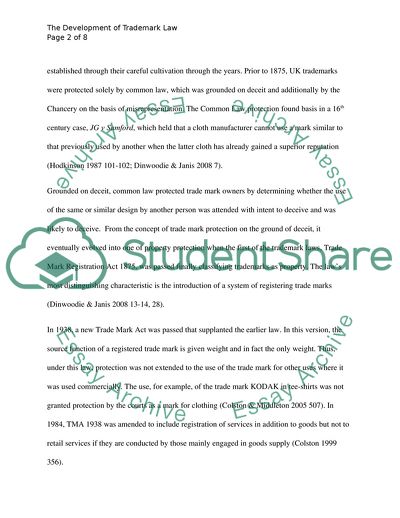Cite this document
(Two Cases and the Development of Trade Mark Law Case Study, n.d.)
Two Cases and the Development of Trade Mark Law Case Study. https://studentshare.org/law/1736434-trade-mark-law
Two Cases and the Development of Trade Mark Law Case Study. https://studentshare.org/law/1736434-trade-mark-law
(Two Cases and the Development of Trade Mark Law Case Study)
Two Cases and the Development of Trade Mark Law Case Study. https://studentshare.org/law/1736434-trade-mark-law.
Two Cases and the Development of Trade Mark Law Case Study. https://studentshare.org/law/1736434-trade-mark-law.
“Two Cases and the Development of Trade Mark Law Case Study”. https://studentshare.org/law/1736434-trade-mark-law.


